Back to blog
Tips for Commercial Indoor Air Quality
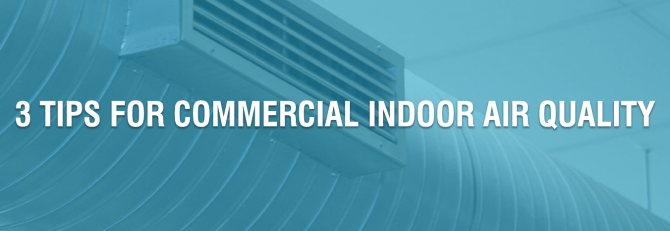
Did you know that most Americans spend up to 90% of their time indoors? In work alone, the average person can spend 40 hours or more per week in an office, factory, warehouse, or other indoor environment. This is why maintaining the quality of indoor air has become such a hot topic. Studies conducted by the Environmental Protection Agency (EPA) and other scientific panels continue to inform us of the impact of indoor air quality on businesses, building managers, tenants, and employees. Numerous studies have even uncovered a link between poor indoor air quality and loss of productivity through employee illness, lost work days, and reduction in concentration and focus. From both a moral and economic standpoint, maintaining a building’s indoor air quality is an important task. At Suburban, we work hard every day to help business in all sectors of commerce get the professional heating, cooling, and ventilation service they need to keep their employees healthy, comfortable, and productive.
This article will explore 3 ways that you can protect the air in your building’s environment.
1. Ensure proper air circulation in air vents and/or grills.
Poor air circulation is one of the leading causes for poor indoor air quality. There are a variety of ways that this can occur.
- If a building’s HVAC system hasn’t been properly maintained, vents, grills, and ductwork can become clogged with dust and debris. Not only does this prevent proper air flow, but the air that does get circulated is infected with the pollutants that have been allowed to accumulate. This can be easily avoided through routine, professional care by a trained specialist. Not only will this vastly improve air quality, it will also save you money in the long run by preventing poor system efficiency caused by blocked ducts and vents.
- Furniture, boxes, shelving, or other such obstacles are physically blocking air vents and restricting air flow. This may sound obvious, but you’d be surprised how often vents get accidentally obstructed when things get moved around in a building. Properly educating staff and installing signage around vents to prevent this can really help. Also, encourage staff to notify their maintenance department if an area feels unusually warm, cold, stuffy, or odorous. This is a sure sign that something is not right and needs to be fixed.
2. Store and dispose of food products properly.
This may sound like a funny one, but believe it or not, improperly handled food can be a major source of pollutants within a building. Let’s look at a few of the most common ways this occurs:
- Food attracts pests. When food is not stored properly, or when eating areas are not properly cleaned, a variety of pests such as insects and rodents can infiltrate your building in droves. Unfortunately, getting rid of these unwanted visitors can be tricky. Most often, a pest control specialist will have to spray or set traps; both of which introduce toxic chemicals into the air. Maintaining good food handling and cleanliness practices can prevent this from happening. A great idea is to make sure your employees are trained and properly informed, and that someone is in charge of monitoring and maintaining these areas.
- When food is improperly stored, it can begin to spoil. When this occurs, a host of biological contaminants can be released, including dangerous types of mold. Making sure that your building has dedicated areas for food consumption and storage is key. Maintaining the cleanliness of these areas and properly storing, rotating, and disposing of leftovers can really help your building stay fresh and safe.
- Trash can be a major site of contamination and pollution. Poorly managed, trash can become odorous and attract flies, insects, and rodents and lead to the need for toxic pest control agents. Trash can also be a major source of mold and noxious fumes.
3. Manage and monitor pollutants.
Pollutants can be introduced in your building in a variety of ways. Some of the most common are: Cleaning supplies, pest control, new furniture, remodeling materials such as new flooring or shelving, and biological contaminants like dust, animal dander, mold, bacteria, and fungi. It is important to be aware of the risk of these contaminants, and to develop a proactive strategy for mitigating their effects. Examples would be:
- Communicating with your cleaning personnel your intention to protect indoor air quality. Many quality products are now available on the market that are specially-formulated for safe use indoors. Working with your cleaning crew to select environmentally-friendly products can be a major step forward in reducing harmful chemical fumes and pollutants.
- When installing new office furniture, try to let the new materials “breathe” before bringing them inside. This could mean letting them sit unwrapped for a few days in a well-ventilated area. If your building doesn’t afford you a space to do this, then at least be mindful to keep the room well-ventilated when installing these new products. If possible (weather permitting) open the windows. If not, try and operate fans. And above all, make sure that all vents and ducts are clean and unobstructed.
- Have a trained professional do a walk-through of your building. An experienced, knowledgeable heating and ventilation specialist will help you to assess the efficacy of your indoor air pollution control measures, as well as help you to see areas that may need extra attention. For example, there are often times where pollutants get spread throughout the building in pathways such as elevator shafts, wall spaces, stairwells, and more hidden areas that require special attention. An HVAC specialist can help you spot these areas and can provide you with customized solutions to help block pollutants from spreading.
In short, maintaining the health and productivity of yourself and your employees is no small task. There are a number of variables that come into play when we consider the quality of a building’s indoor air. However, with proper education, training, and communication, you can establish an effective plan with your employees and building managers. And as always, we at Suburban are here to help. Feel free to reach out to us anytime with your questions. Maintaining your comfort is what we do. It’s our pride and our passion.






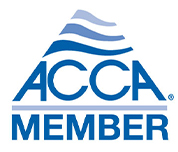
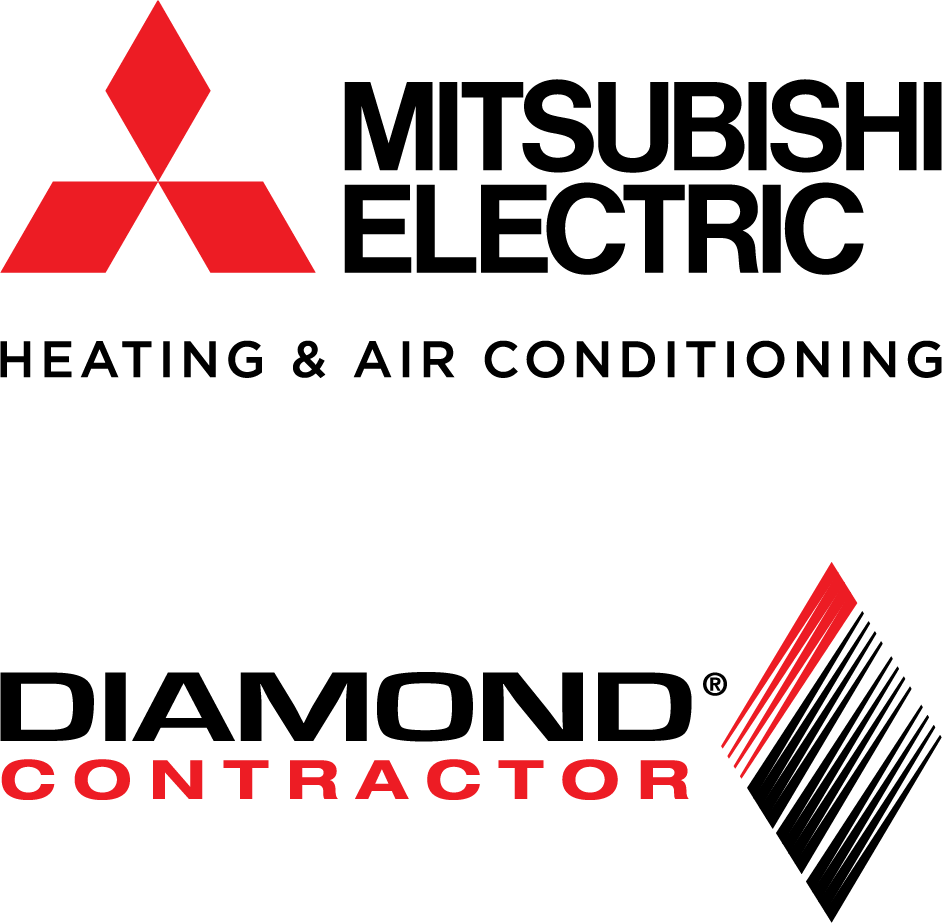


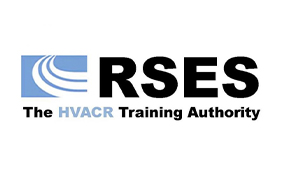
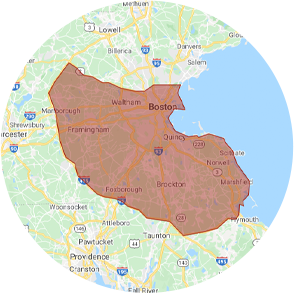

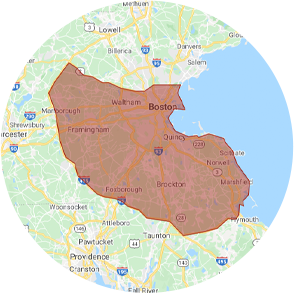

 Blue Corona
Blue Corona